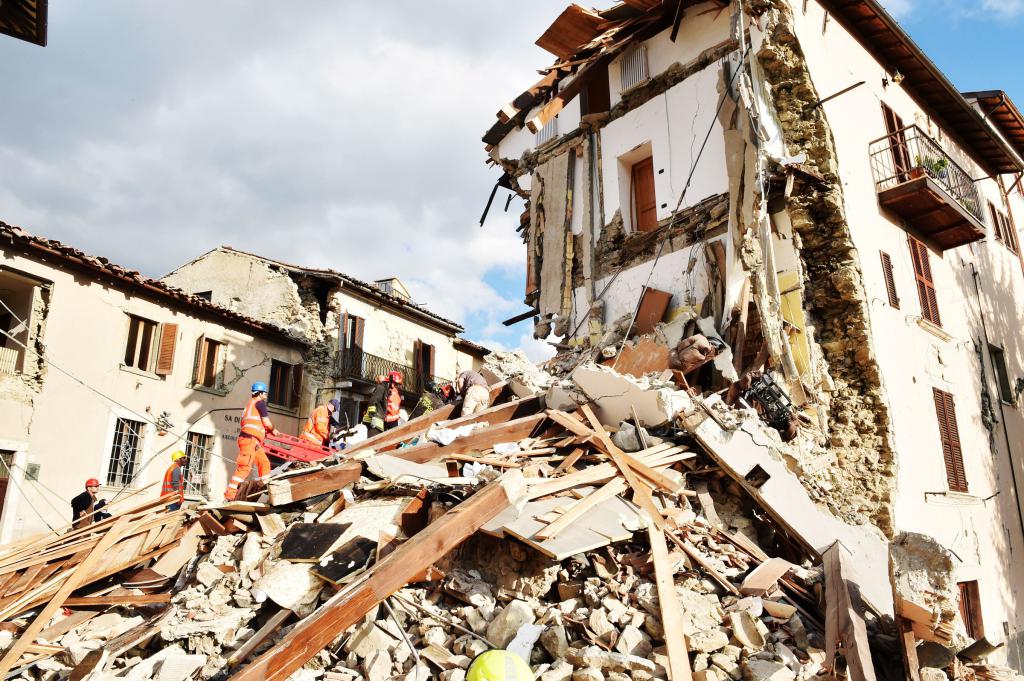Natural disasters and man are inextricably linked. A person first becomes the culprit of the rampant disaster, and then he himself suffers from it, unable to pacify nature. However, this is not always the case. What else is the basis for natural disasters, how to cope with them, and most importantly - what are they?
What is a natural disaster?
So, natural phenomena of a disastrous nature that pose a threat to human health and life, as well as the environment, are often called in this way, often caused by people (or independent, arising without human intervention; in this case, one phenomenon can cause another, like a snowball ) There are several types of dangerous natural disasters - depending on the source of origin, they can be divided into different categories (more on this below). The duration of such natural phenomena varies from a few minutes (such as the duration of, for example, earthquakes) to several months (this is typical for floods).
Types of such disasters
All natural disasters and catastrophes can be attributed to any of the following categories: geological, hydrological, geophysical, meteorological, agrometeorological, hydrometeorological, as well as fires. More details on each group will dwell below.
Geological disasters
We will begin the conversation about natural disasters and their types with disasters of a geological nature. There are six of them: landslide, mudflow, avalanche, collapse, volcanic eruption and earthquake. About each - in order.
Earthquake
Anyone who has experienced this, knows firsthand what a natural disaster is. This is the excitement of the earth, in other words, tremors. There are several reasons for this - as a rule, this is a collision of lithospheric plates, tectonic processes, but, in addition, a similar incident is possible as a reaction to a volcanic eruption, a landslide or a nuclear test. Such phenomena cause a lot of destruction, as a result of which people can suffer or even die.
Eruption
What is a volcanic eruption, probably everyone understands. This is the so-called awakening of a volcano when it ejects ash, red-hot debris - in a word, magma turning into lava on the surface of the Earth. In the process of eruption, huge destruction and annihilation can occur, as well as great human casualties.
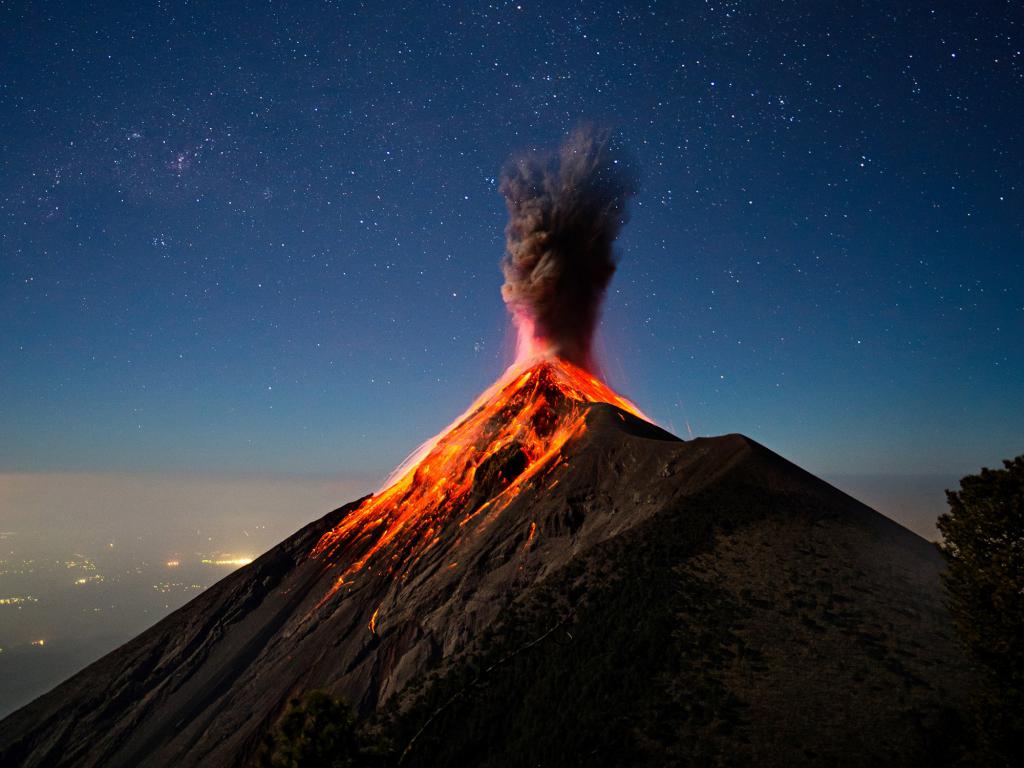
There are several reasons for this, but the main one is the rapid flow of lava, blowing everything in its path, as well as the direct explosion of the volcano, which is accompanied by an outburst. Volcanoes "wake up" not so often, but the eruption, if it has begun, can last even for years.
Mudflow and landslide
These two natural phenomena are not too different from each other. Sel is a stream from the mountains caused by a sudden abundant melting of snow or long and heavy rains. He carries rock fragments and stones with him; most often found on flat hills. A landslide is mainly on the slopes; it is a downward slide of rock masses torn off by gravity. The reason for the appearance of landslides is the imbalance caused by, in turn, both human actions and natural processes.
Collapse and avalanche
A landslide from a landslide differs only in that in a landslide the rock mass creeps down the slope, and in a landslide it falls. Collapses occur, as a rule, on sea and river banks, as well as in the mountains.An avalanche is called a snow mass that slides down from the mountain slopes. They can move at a speed of ten to seventy meters per second.
Hydrological disasters
There are three varieties of hydrological disasters: limnological disaster, tsunami and floods. Below - about how significant they differ from each other.
Flood
Among the natural disasters connected one way or another with water, the first place is occupied by floods. This is the flooding of the area as a result of leaving the banks of rivers / lakes / seas due to the rise in the water level in them.
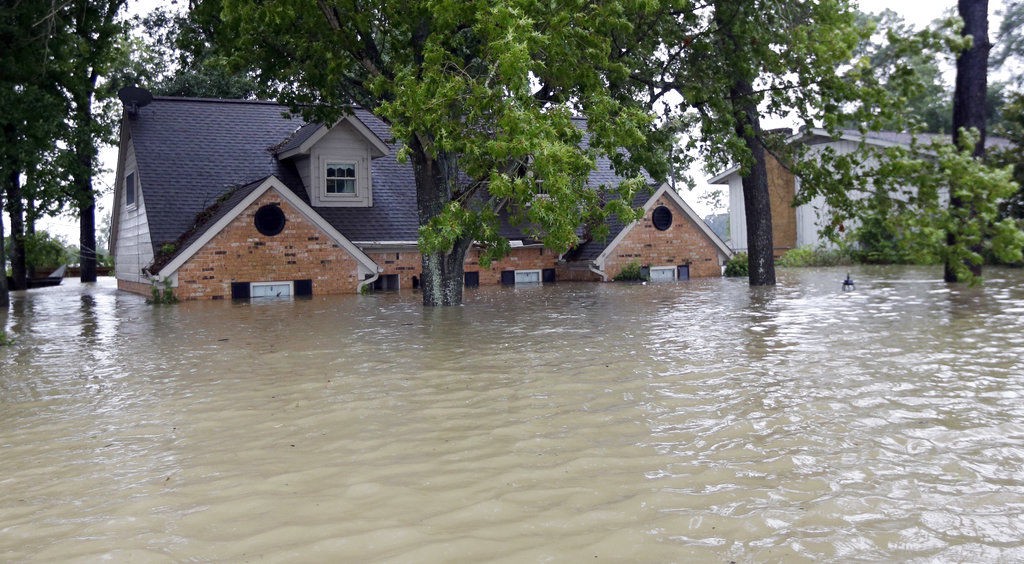
Floods suffer not only financially, but also physically: in addition to the great damage that it can cause to property, it also takes the lives of many people and animals.
Tsunami
This is the name of the huge waves caused by any impact on the ocean (usually an underwater powerful earthquake). Landslides and underwater volcanic eruptions often occur due to the tsunami. From the tsunami, people and animals also perish, settlements are destroyed, huge damage is caused to property.
Limnological disaster
This is a process in which gas escapes from a reservoir onto its surface, threatening the health and life of people and animals with possible suffocation. The process of the appearance of gas on the surface of a reservoir can be caused by tsunamis, earthquakes, landslides and awakenings of volcanoes. In total, two similar disasters have happened in the world so far, both in the mid-eighties of the last century.
Weather disasters
The list of meteorological disasters includes tornado and cyclone. Also included here is such a seemingly ordinary and completely not terrible thing, like hail.
Tornado and cyclone
Such a natural disaster as a tornado appears in a cloud. This is the so-called atmospheric vortex, looking like a long funnel to the very ground with a diameter of up to hundreds of meters. This phenomenon is mainly affected by North America.
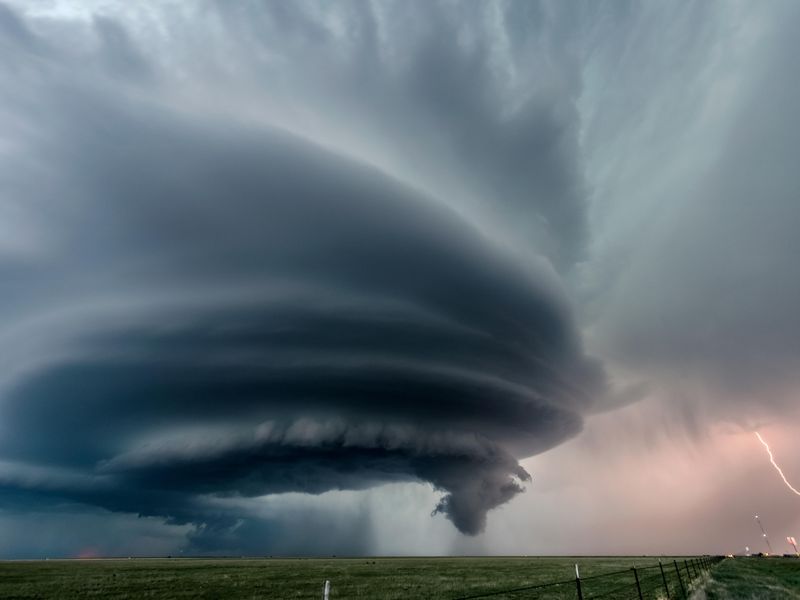
A cyclone differs from a tornado in that the diameter of its column can be determined by thousands of kilometers. This is a huge whirlwind, the most famous is Hurricane Katrina. Cyclones are divided into tropical and extratropical - the former arise in the tropics, the latter in the polar or temperate latitudes.
Hail
A kind of precipitation, a cross between snow and rain. These are hard cold balls, small crystals of ice - from a couple of millimeters to a couple of centimeters. It falls mainly in spring and summer, with heavy rain and / or thunderstorms, and can cause serious damage to landings.
Fires
Fires stand apart in the list of natural disasters and are of two types - forest and peat. With the first, everything should be more or less clear: this is a man-uncontrolled spread of fire in the green areas, the reasons for which, as a rule, are droughts or lightning strikes. Peat fires are considered a subspecies of the forest: then the roots of the trees and a layer of peat light up. The fire does not go out until the peat burns out completely.
Causes of extreme natural phenomena
First of all, to continue the conversation about natural disasters, we should clarify the question of why such disasters do occur, what they can lead to, how to deal with them, how to prevent their possible occurrence, and what should be done to protect your own life and the lives of their loved ones. And we will start with the probable causes of emergencies - natural disasters. Why is nature rampant?
As already mentioned above, such natural disasters can occur both through the fault of a person, and regardless of him. If we touch on this issue in more detail, then among the factors influencing the “awakening” of natural hidden forces, we can name, in addition to human impact, the following: firstly, it is ineffective environmental monitoring and / or its complete absence; the inadequate state of various protective structures, including landslide protection, or their absence; false forecasts about natural hazards and the possibility of their activation; sudden release of the Earth’s internal energy; very strong wind; an increase in the level of water in water bodies, whether it be a river, lake or sea, and so on.
What is the danger of natural phenomena
It is easy to guess that any of these catastrophes poses a threat, at least to health, and as a maximum to human life. But besides this, the results of natural disasters can be very disastrous. So, some natural phenomena can destroy entire settlements, and the fact that huge forest territories burn out from fires has long been no secret. The destruction of communications, equipment, roads, the death of animals and much, much more - that’s what is dangerous, this is what threatens natural disasters. Man is powerless against nature, but he can try to prepare for the onset of possible disasters and secure his life. You need to understand in which area what situation is permissible, what can be expected, and what will never happen in this area - and have a specific action plan for a particular case. This will also be described below. If it happened that the cataclysm brought a lot of victims and destruction, actions to eliminate the consequences of natural disasters begin. The following structure is closely related to this work.
Natural Disasters: Civil Defense
The Ministry of Emergency Situations, or the Ministry of Emergencies for short, is an organization called upon to resolve issues related to these very emergency situations. This is a rescue service that comes to the aid in difficult times, ensuring the safety of people and animals. It is she who is involved in disaster management. Rescuers are pulling people, animals and things out from under the rubble; extinguish fires; deal with the effects of tsunamis and floods.
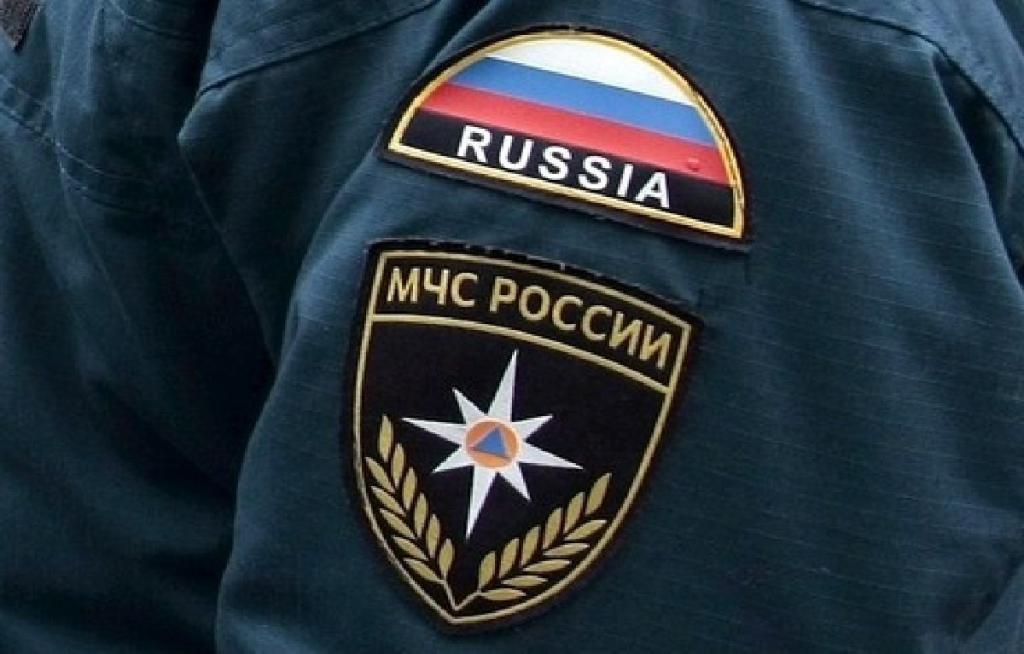
People whose responsibilities include civil defense affairs are constantly risking their own lives to save the lives of others. There are even special centers, military units, ready at the first signal to go to the scene and quickly solve problems with existing emergencies and natural disasters.
How to protect yourself? There is a memo of behavior in various dangerous situations. We will consider each of them in more detail.
Earthquake
The first thing they learn at school: in an earthquake, while in an apartment, you need to stand in the doorway: this is considered the safest place. On the contrary, you should move away from the windows. You can sit in a corner, you can, in the presence of a large massive table, climb under it and cover your head with your hands. In no case should you give in to panic and try to leave the room - neither through the door, nor, God forbid, through the window. Only when living on the ground floor can such an attempt be made: tremors are repeated every twenty seconds, and during this time it is permissible to run down. It is also strictly forbidden to use the elevator. You should know that the elevator, as well as the flight of stairs as a whole, is generally the most unsafe area in the whole house.
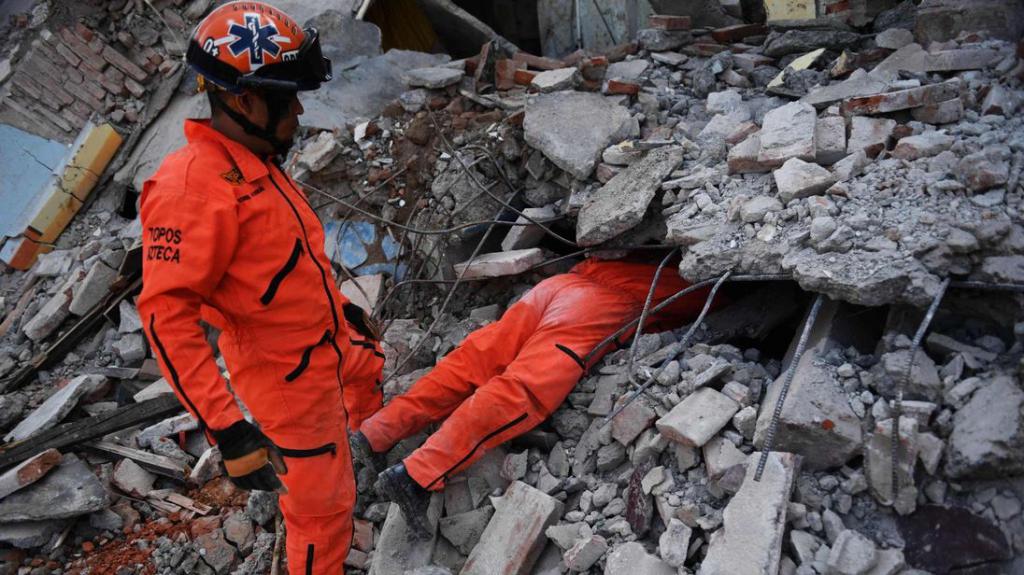
If, during an earthquake, a person is on the street, there is no need to run to the trees or porches of high-rises - from all this, like from power lines, on the contrary, you should go as far as possible. They say that an earthquake is not felt at all in a car - whether it is so or not, but this vehicle is a great place to wait out the elements. Just do not need to drive in a car close to street banners and all that is fragile and can fall.
During a thunderstorm
Thunderstorm, thunderstorm, and so that the peals of ancient Zeus did not cause serious harm, you should remember a few simple rules. With the beginning of a thunderstorm, it is necessary to close all windows and even window panes - otherwise ball lightning may drop in for a light. And hardly anybody will be glad to such a guest - he is too dangerous. It is also advised to turn off household appliances, and to take away from open balconies and verandas anything that can fly away from a strong squally wind.
However, at home the thunderstorm is not as terrible as in the open.The main rule here is not to run! And for no reason to hide under the trees - this common mistake cost many people their lives. It is best to fall - even if the discharge hits a person, he will go through his legs, and he will survive. And also, of course, in no case should you talk in open space during a thunderstorm on a cell phone.
You need to get out of the water during a thunderstorm - if lightning strikes, everything around will suffer for a hundred meters. But in the field you can dig a hole or take refuge in any nearby ditch.
Hurricane
During a natural disaster, indicated in the subtitle, the actions should be approximately the same as during an earthquake: you need to leave the windows, stand in the doorway or hide under the massive furniture. Disconnect gas and electricity.
In a hurricane, objects often fly to pieces, and in order to hide from them, you can use the same furniture - or any improvised means while on the street. The most ideal option here is to find shelter in some kind of cellar or basement.
Flood Rescue
With the water element, the jokes are bad, and the flood is another proof of this. It is necessary to find yourself on a hill as soon as possible - many choose roofs for this purpose. Upper floors and trees are also suitable, do not forget to give signals so that help comes immediately. Before you seek salvation on an elevation yourself, you should take care of our smaller brothers - release them from their cages and lower them from leashes. If possible, all valuables are also best taken upstairs. Important: do not forget to turn off the electricity!
If it happens that a person is in the water, you need to try to calm down, not to panic, to drop shoes and all heavy clothes. If possible, a support should be found.
Running from the tsunami
In our country, the tsunami should not be feared, but this does not mean that such a natural disaster can not harm any of the Russians, because no one has canceled a vacation abroad. Therefore, you should know how to behave in the case of a big wave.
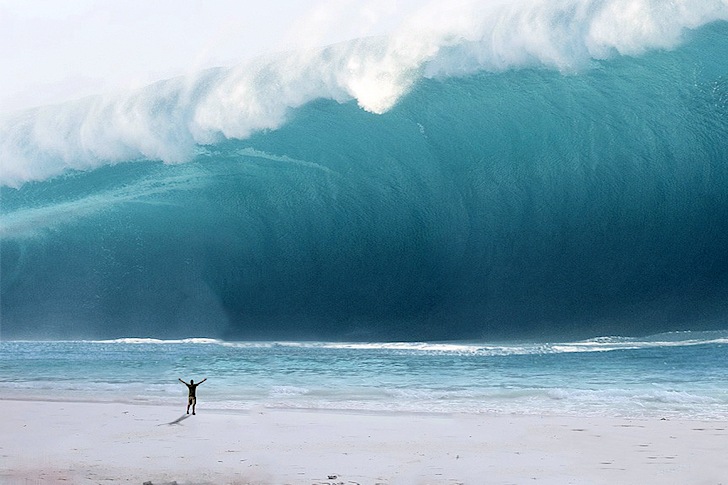
Firstly, you need to be at an altitude of not less than thirty meters above sea level, or at least three kilometers away from water. Secondly, you need to run away immediately, and return only after making sure that you are absolutely and completely safe.
Eruption
To know how to behave when an underground fire-breathing dragon wakes up, too, will not be out of place at all. Meanwhile, there are two variants of behavior: either evacuation (if everything is completely sad - the authorities of the region will notify about this), or, having closed with a bolt, stay at home. Windows and doors must be closed; there is no need to hide in the basement or under the bed; most importantly, stock up on prudently enough water and food. If, nevertheless, an urgent need forces you to leave the house, then you need to do this only by dressing in heat-resistant clothing (that is, not synthetics) and reliably covering your nose and mouth with a damp cloth. Only you need to remember: all your business will have to be done on foot - it is forbidden to use a car.
Natural disasters in history
For the entire existence of the world, nature has been angry so many times that it is impossible to list each of these cases. Let us dwell on the largest cataclysms. So, fifteen years ago, the cause of death of almost forty thousand people (just think about this number!) Was the abnormal heat in Europe, especially in France. Unaccustomed to such temperatures, the French and other Europeans could not adapt to the weather and simply could not withstand the number of degrees hanging over them. And just a year later, 230 thousand (!) People died from the devastating tsunami in the Indian Ocean, about a hundred and fifty thousand were injured. Here the so-called snowball just happened - the underwater earthquake that occurred led to the deadly tsunami. It is recognized as the deadliest of all natural disasters to date.
The infamous Hurricane Katrina in the United States claimed the lives of almost two thousand people a year after the aforementioned events, and the earthquake in China in 2008 - seventy thousand people. Natural disasters associated with the death of a large number of people include the Tibetan earthquake (more than twelve thousand dead), and the Pakistan flood (two thousand), and the Guatemalan hurricane (more than one and a half thousand), and the earthquake in Haiti (more than two hundred thousand), and the Chilean earthquake (about seven hundred and fifty people) and so on.
Emergencies in our country
You can’t meet a tsunami or tornado in Russia, but a flood or fire is very easy. What natural disasters of the Russian Federation have already experienced?
First of all, earthquakes. They happen with us with enviable regularity, and residents of many regions will not be surprised by these natural phenomena. They occur, as a rule, where there are mountains - for example, tremors are frequent visitors in Altai and the Caucasus, Siberia and Kamchatka. Sometimes they are barely noticeable, sometimes, on the contrary, are so destructive that they leave behind huge losses and casualties.
And the very first earthquake in our country happened in the eighteenth century, more specifically - in 1737. Kamchatka became the “discoverer” - it was there that there were jolts with a force of nine points on the Richter scale. Witnesses who left behind their memories reported that many yurts collapsed, a terrible noise rose at sea, a lot of water arrived. One of the eyewitnesses wrote that the terrible earthquake continued until the spring of next year (it was in the fall; the Pacific Ocean became the epicenter of the earthquake).
The most recent earthquake occurred in Russia five years ago, "lucky" the Kemerovo region. The epicenter was the village of Belovo, where tremors were heard with a force of six to seven points. Echoes of this shaking even reached the neighboring regions - Tomsk, Altai, Novosibirsk. According to statistics, this earthquake became the strongest in the region for a century - in Belovo it was even necessary to demolish the railway station.
Another Russian scourge is floods. Of course, those settlements that are located close to the water suffer from them. Moscow, Krasnodar Territory, Far East - these and other regions are subject to sudden attacks of Poseidon. So, six years ago, in Krymsk, Krasnodar Territory, a terrible flood occurred that brought a lot of damage, but most importantly, it claimed the lives of hundreds and even thousands of people. A wave of seven meters swept the city, half flooding it - the inhabitants were not ready for such events. Few managed to take refuge - as a result, more than thirty thousand people were injured, two hundred of them died. And the first flood occurred, of course, in St. Petersburg - shortly after its foundation, in 1703.
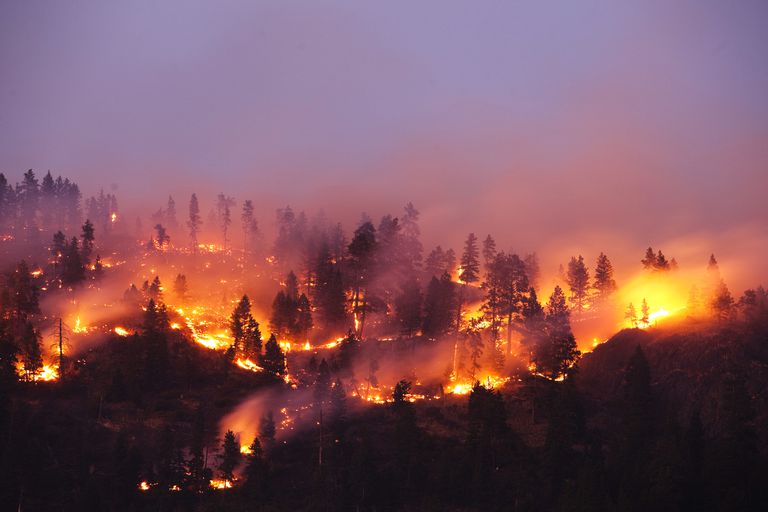
It is necessary to mention such natural disasters in Russia as fires. Every year our country burns. And we are talking here about fires in cities caused by various factors and taking many innocent lives (the last such fire was mentioned recently - the Kemerovo shopping center burned in March this year), and forest fires, as a rule, no human casualties bringing, but destroying a huge amount of green space.
And finally, tornadoes. In Russia, there were two, with a difference of eighty years. In 1904, a hurricane from the Tula province headed towards the capital and destroyed many settlements near Moscow, as well as more than a hundred people. After eighty years, the tornado, caused by a long period of high atmospheric pressure, passed through the Moscow, Yaroslavl, Kostroma, Kalinin and Ivanovo regions. Also killed about a hundred people.
Now it became clear what a natural disaster is, what caused it, how to confront it. I sincerely want to believe that in life no one will encounter any natural disasters.
